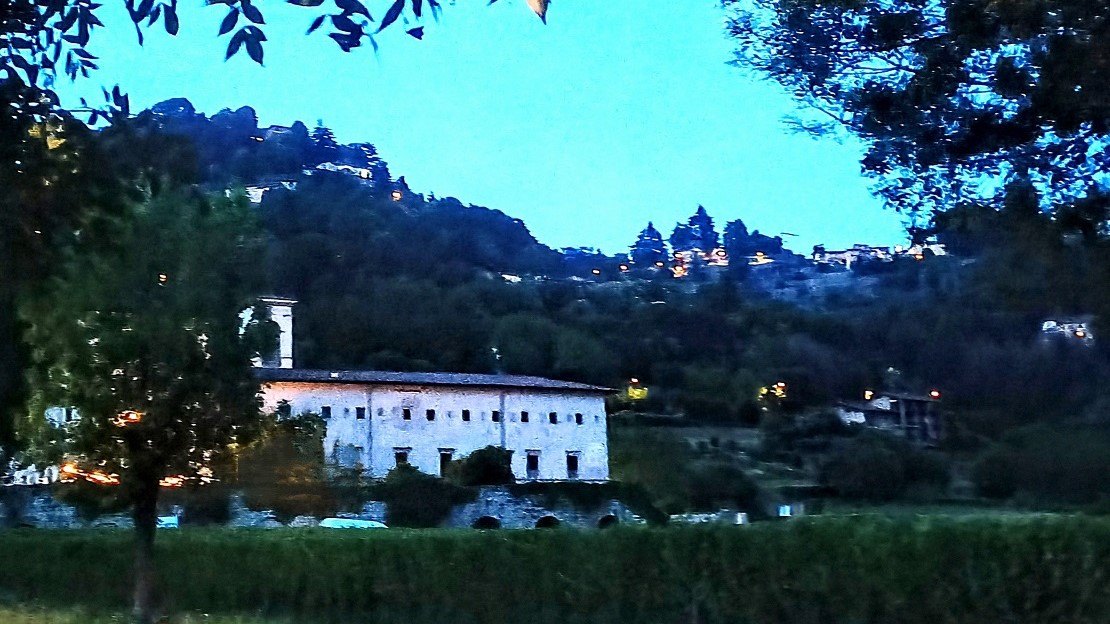Green culture within urban spaces
After the 2019 pandemic, urban green spaces and nature have become more and more relevant in cities, supporting sustainability and better quality of life in open spaces and natural environments.
Beyond parks, squares, and gardens, botanical gardens have become key-spaces for green culture accessible to residents and tourists.
Nowadays, metropolis are losing their original identity, like city-center depopulation towards suburbia in search of open spaces and tranquillity. This social phenomenon is also caused by social, economic and political factors.
After Covid-19, residents opted for more convenient solutions, subleasing apartments to accommodate mass-tourism visitors, as it usually happens for big cities such as Venice, Florence, and Rome.
An example of harmonious green space which is well-integrated within its urban context, is the Biodiversity Valley – Botanical Garden in Bergamo.
This is an open-air museum which connects people with nature, to educate them about eco-sustainability principles, introducing people to more than 1,500 species, from local to tropical and agri-food as well.
In the same cultural-green context, the Astino Monastery is a building of outstanding historical and architectural beauty immersed in nature, where residents and tourist can attend different entertainment programs and events.
Bergamo is a representative example of small town where urban spaces respect nature and local culture, an ideal synergy against loss of urban identity, city-centre depopulation and mass-tourism.

